Are Freshwater Pearls Good Quality: Comprehensive Buying Guide

Have you ever heard of freshwater pearls? Some people might say they're the most underrated type of pearl. They're certainly not as well-known as saltwater pearls, but that doesn't mean they're any less impressive. Freshwater pearls can be as beautiful and unique as any other type of pearl.
As a jewelry designer, in this post, I will tell you in detail about the formation process of freshwater pearls, their characteristics, value, and difference from saltwater pearls. In short, I will create a short buying guide for you, and you can make a buying decision. So what exactly makes freshwater pearls so unique? Keep reading to find out!
What are freshwater pearls?
Pearls are the only stone that is produced as a result of the vital activity of living organisms. Shellfish that produce pearls live in the seas, oceans, and fresh waters. The chemical composition of water simultaneously affects the quality, color, and partly the size of pearls. Thus, researchers distinguish two critical types of pearls - saltwater and freshwater.
Freshwater pearls are created by various freshwater mollusks, including mussels and clams. These pearls are not as valuable as saltwater pearls, but they can still be quite beautiful.
The formation process for freshwater pearls is similar to that of saltwater pearls. A minor irritant works its way into the mollusk's shell, and the mollusk responds by coating the irritant with nacre. Over time, this process can create a pearl.
Freshwater pearls come in a wide range of colors, including white, cream, pink, peach, lavender, and green. Regarding the shape, they often have not round but slightly irregular shapes.
Freshwater pearls are used in various jewelry, including necklaces, bracelets, earrings, and pendants. They are also sometimes used in other decorative items, such as picture frames and clocks.
How much are freshwater pearls worth?
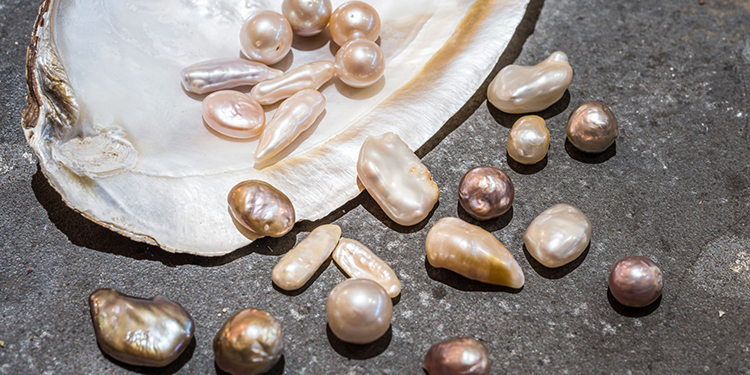
Look no further than freshwater pearls if you're looking for beautiful jewelry that won't break the bank. They are much less expensive and cost-effective than their saltwater counterparts, but they are just as lovely. In addition, many prefer freshwater pearls because they have a more natural look and excellent quality.
The price of freshwater pearls depends on their quality and the type of setting and design you are looking for. You can purchase low-quality freshwater pearls for a low price of $20, but the average person spends anywhere from $30 to $50 on these gems. If you're looking for something higher quality, be prepared to spend upwards of $65 for fine pearls-and in some instances, even more than $5,000.
The price of natural freshwater pearls is higher. However, it can vary widely depending on the size, quality, and type of pearl. For example, a small, low-quality pearl may only cost a few dollars. In contrast, a large, high-quality pearl can fetch several thousand dollars.
Edison pearls are some of the most affordable cultivated freshwater pearls on the market. Simple strands can cost approximately $25. The average price for a high-quality freshwater AK pearl is around $100. However, some pearls can cost as much as $1000 or more.
No matter your budget, there's a freshwater pearl that's perfect for you.
What are the differences between freshwater & saltwater pearls?
Pearls are the "child" of nature, born in a mollusk's shell. The mollusk perceives any insect or grain of sand that gets inside as a "stranger" and tightens with mother-of-pearl layers. It is how a gem called "pearl" is born.
However, the formation process and other characteristics of pearls differ depending on the cultivation environment - sea water or fresh water. For example, seawater pearls are formed in an oyster, and freshwater pearls are formed in a river shell.
Saltwater pearls are an organic gemstone that forms within the soft tissue of saltwater mollusks. The most common type of saltwater pearl is the Akoya pearl, which comes from the small Akoya oyster. Saltwater pearls can come from Tahitian black-lipped oysters, South Sea white, and gold-lipped oysters.
Freshwater pearls are cultivated in freshwater mussels and come in various shapes, sizes, and colors. The most common types are Edison pearls and freshwater AK pearls.
While both freshwater and saltwater pearls are beautiful and have their unique qualities, there are some critical differences between the two. Due to the different types of shellfish, as well as the characteristics of the water, pearls have slightly different properties from each other. For example, freshwater pearls have a more irregular shape, a rougher surface, a limited color palette, and a less vibrant luster. All these characteristics will be described in detail below.
Shape
The habitat of the mollusk directly affects the shape of the pearl. Freshwater pearls are most often irregular in shape with jagged edges. Seawater pearls are also not perfectly even, but they are round or tear-shaped in most cases.
Pearl layer thickness
In a marine specimen, the mother-of-pearl layer is thinner. The latter grows in 1.5 years to only 2 mm. But freshwater pearls are almost entirely covered with it.
Surface finish

Seawater pearls are smooth and rounded. If you touch a freshwater pearl, its texture is rougher.
Color
White, cream, golden, greenish, blue, and even black are not the whole palette of seawater pearls. They are most often monophonic but very saturated. Freshwater specimens are rarely bright and can be found in all shades of white and cream. Sometimes on the surface, you can see slightly noticeable spots.
Luster

Freshwater pearls have a soft matte sheen, while saltwater is brighter and more playful in the light. The intensity of the luster is significantly affected by the chemical composition of the water. In marine waters, mother-of-pearl grows faster due to the high concentration of salts. It has a positive effect on the quality of pearls.
Size
Freshwater pearls are usually small because they don't spend as much time in the water before they're harvested. The dimensions of one freshwater stone are approximately 6–8 mm. A saltwater mineral is larger - from 10 to 20 mm.
Durability
Freshwater pearls do not shine as brightly as seawater ones, but they are more durable. Jewelry made from freshwater pearls is the best option for every day. Due to the mother-of-pearl's thinness, the seawater stones' top layer wears off faster. The durability of the product will depend on the accuracy of wearing.
Price
The price of freshwater pearls is typically much lower than the price of saltwater pearls. It is because freshwater pearls are more easily cultivated, more profitable in production, and less rare than saltwater pearls. Besides, saltwater pearls are higher in value than freshwater pearls since they require more maintenance and care. For example, in one freshwater shell, you can place ten or more mother-of-pearl cores, and up to three in a sea shell.
What are Gem Grade Freshwater Pearls?
Gem Grade Freshwater Pearls are the top 1% of each annual pearl harvest. They are the highest quality pearls that can be found in freshwater sources.
The pearl sorters identify these pearls as having the highest luster, cleanest surfaces, and nearly perfectly round shapes. These lustrous gems are typically white or cream-colored. Still, they can also be found in various other colors, including pink, blue, and black.
Gem Grade Freshwater Pearls are sourced from the world's finest lakes and rivers. These pearls are hand-selected for their exceptional quality, making them some of the most valuable and sought-after pearls on the market.
The vast majority of Gem Grade Freshwater Pearls come from China, cultivated for centuries. These pearls are highly valued for their beauty and rarity and are often used in fine jewelry.
Gem Grade Freshwater Pearls range from 3mm to 11mm, with the average pearl being approximately 7mm. The largest freshwater pearl on record is a stunning 20mm gem found in China in 1998.
These pearls are typically round or near-round in shape. Still, they can also be found in various other shapes, including oval, baroque, and button. Typically, these pearls are set aside in pearl earrings, pendants, and pearl rings.
What are the types of freshwater pearls?
When it comes to freshwater pearls, there are three main types: Edison, AK, and Baroque.
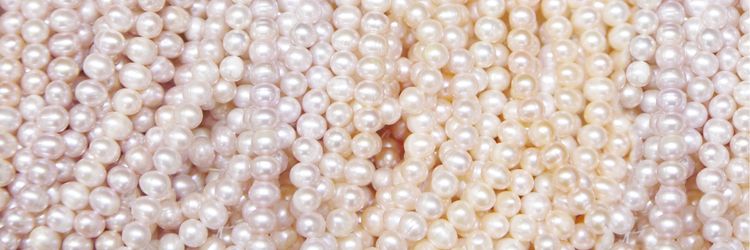
· Edison pearls are freshwater pearls cultivated using the Edison method. This method was developed in the early 1900s by Japanese pearl farmer Kokichi Mikimoto. The Edison method involves grafting a piece of mantle tissue from a donor oyster onto the gonad of a host oyster. The host oyster is then returned to the water to grow the pearl. Edison pearls are typically rounder and have a higher luster than seawater pearls. They are also less vulnerable to pearl disease.
· AK pearls are mainly characterized by their excellent roundness compared to other freshwater pearls. They are small in diameter, usually only 5-9 mm. Additionally, the luster of an AK pearl is much better than a conventional freshwater gem and can even compete with seawater ones. Finally, these pearls with nacre over 2mm thick are much thicker than seawater Akoya pearls, whose nacre thickness averages around 0.6mm.
· Freshwater baroque pearls are typically characterized by their irregular shape, often described as "baroque." While baroque pearls are not as valuable as their perfectly round counterparts, they can still be quite beautiful and are often used in jewelry. Freshwater baroque pearls come in various colors, including white, cream, pink, and peach. The most valuable freshwater baroque pearls are those with vivid color and good luster. These pearls are typically found in the United States, China, and Japan.
Bottom Line
The next time you're in the market for a piece of jewelry, consider freshwater pearls. They come in a fantastic array of colors and can match any outfit. With this guide, you'll know everything you need to make an informed purchase and find the perfect pearls for your style. So, what are you waiting for?


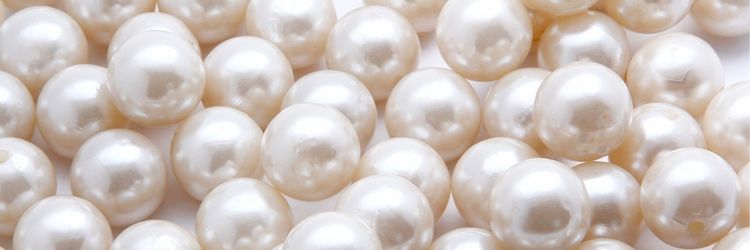
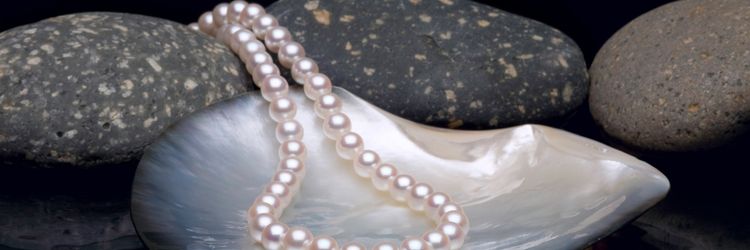
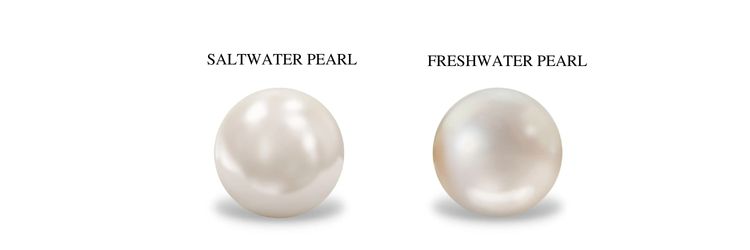
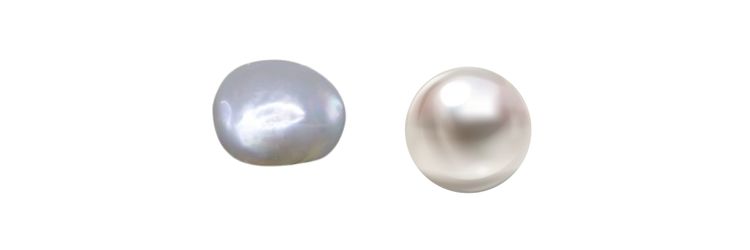
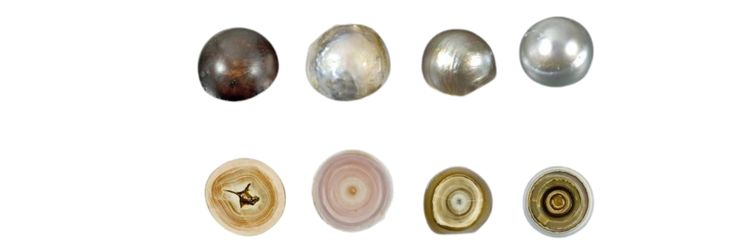
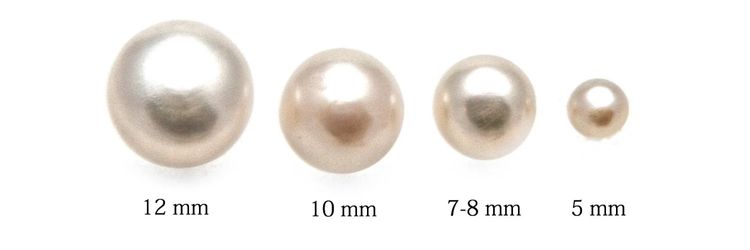

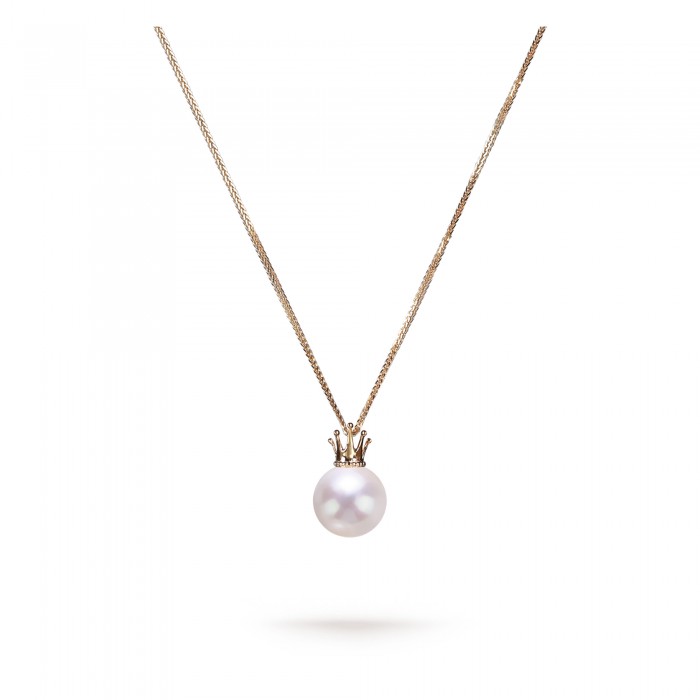
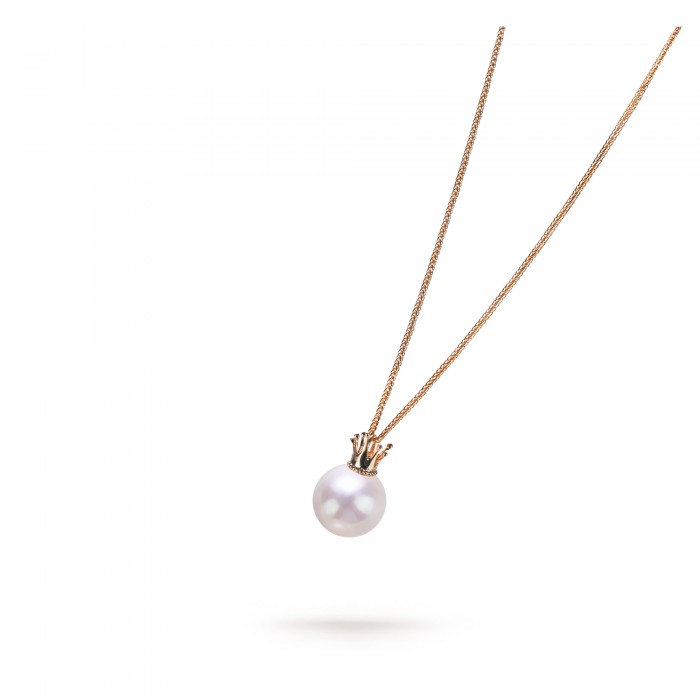
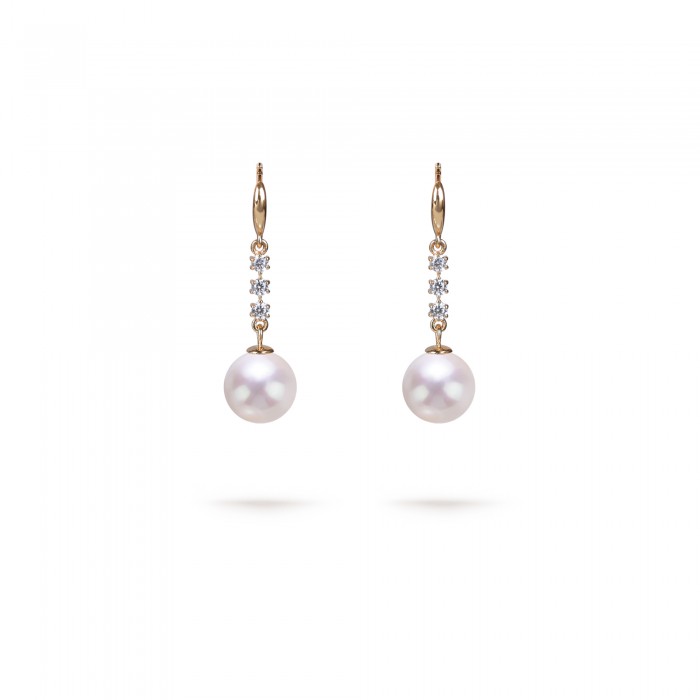
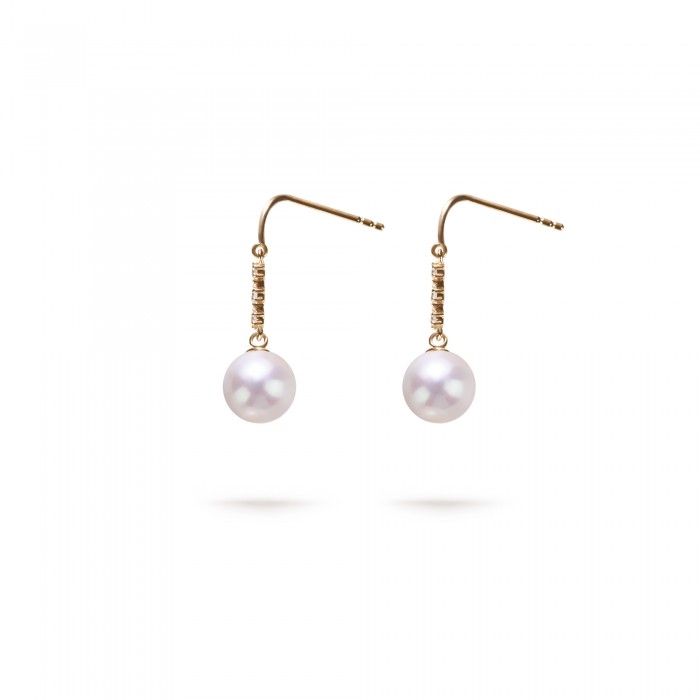
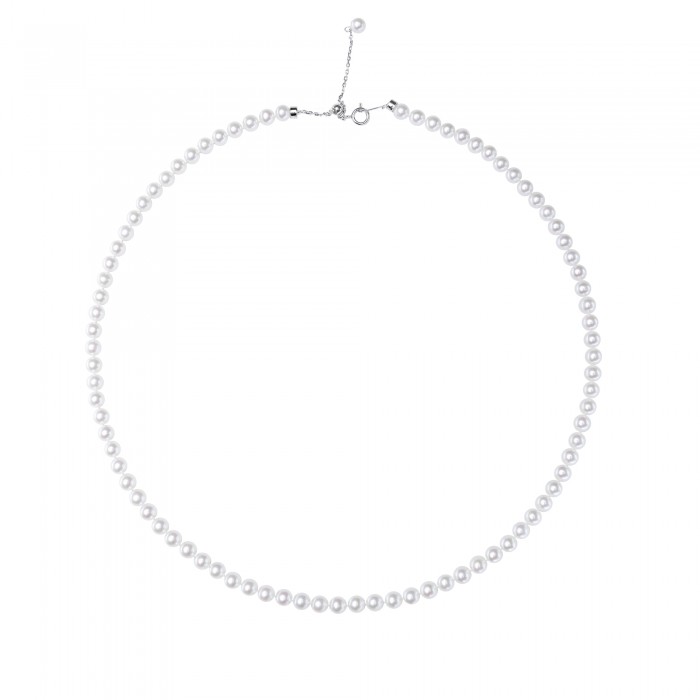
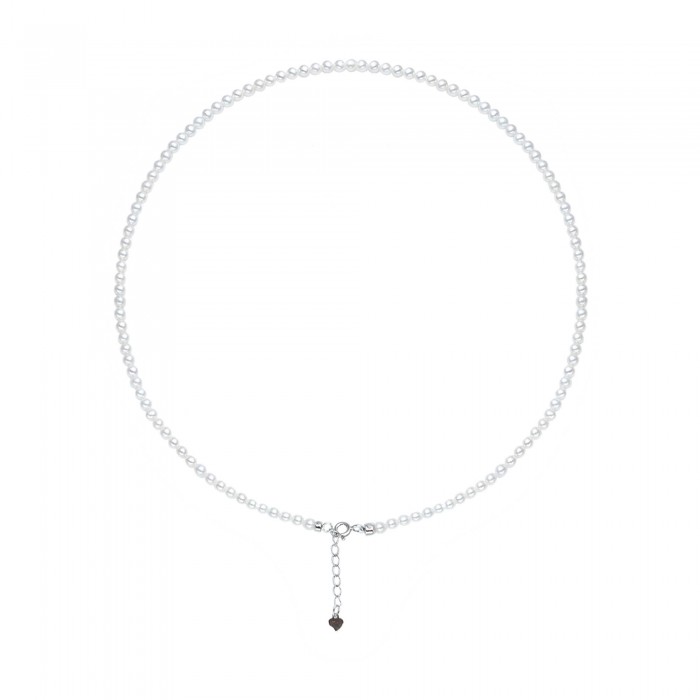
Leave a Comment